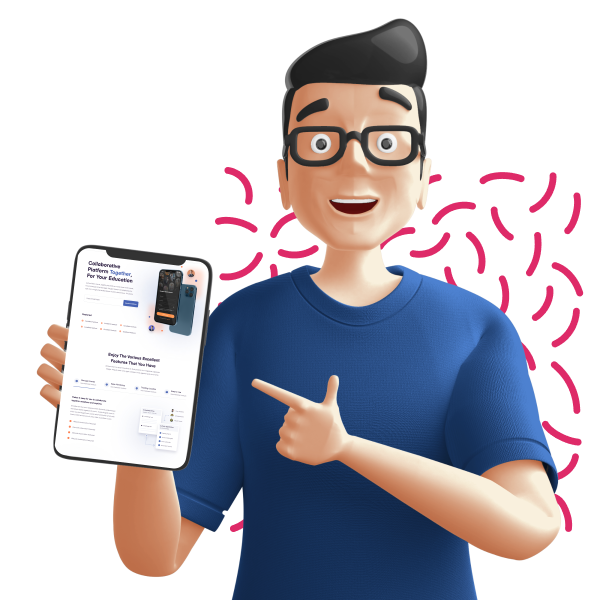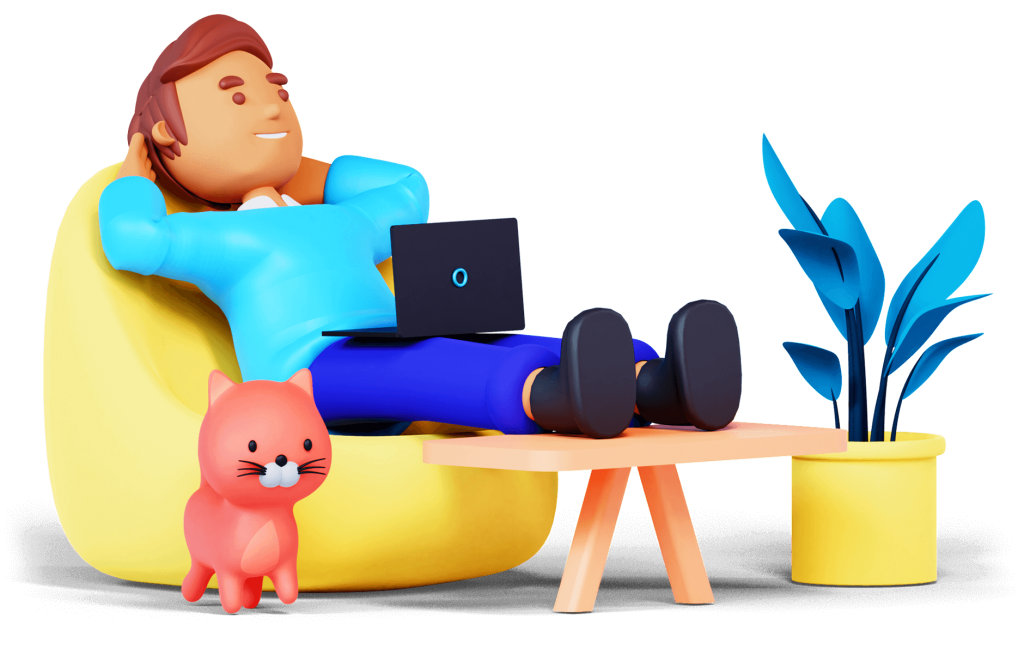Adobe Online Training in Bangalore
Home Blog CoursesOpen menu Workday Training AWS Training Boomi Training ForgeRock Training HL7 Training SFMC Training AEM Training Saviynt Training SAP Ariba Training CyberArk Training…
Our online training programs provide students with the opportunity for individualized instruction based on their specific requirements and career aspirations. Adaptive tests and personalized study programs allow you to zero in on what’s most important to you as you go at your own speed.

Črtiec C̍rtiec C̏rtiec C̋rtiec C̑rtiec C̆rtiec C̄rtiec C̅rtiec C̓rtiec C̔rtiec C̕rtiec C̎rtiec C̐rtiec
You have arrived at Crtiec, the best platform for online learning. Our group is committed to ensuring that all students have equal access to a high-quality education, and we are always looking for new ways to do this.
Offering high-quality online courses that are accessible to students with a wide range of learning styles is central to our aim of helping people realize their full academic and personal potential.
Our in-depth knowledge of what makes an effective online course is the result of our many years of work in the field of education.
Each course has been meticulously designed by our team of professionals to be both educational and interesting while also being easy to follow.
We offer something suitable for everyone, whether you are a professional, a student, or just someone who enjoys learning.
Learn whenever and wherever it is most convenient for you. You may study whenever it is convenient for you with our courses, as they are available around the clock.
Affordability: We think that good schools shouldn’t break the bank. You can study without going into debt thanks to our reasonably priced courses.
Dedicated Professionals: Our instructors are leaders in their fields and are enthusiastic about sharing their knowledge with students. The industry leaders will teach you their trade secrets.
Engaging and Interactive Learning: To keep you motivated and interested, our courses are built with quizzes, games, and conversations.
Dedicated Support: Our support staff is here 24/7 to answer any inquiries or address any concerns you might have.

C̃rtiec C̀rtiec Ćrtiec Ĉrtiec
Several things set us apart from the competition:
Home Blog CoursesOpen menu Workday Training AWS Training Boomi Training ForgeRock Training HL7 Training SFMC Training AEM Training Saviynt Training SAP Ariba Training CyberArk Training…
Home Blog CoursesOpen menu Workday Training AWS Training Boomi Training ForgeRock Training HL7 Training SFMC Training AEM Training Saviynt Training SAP Ariba Training CyberArk Training…
Home Blog CoursesOpen menu Workday Training AWS Training Boomi Training ForgeRock Training HL7 Training SFMC Training AEM Training Saviynt Training SAP Ariba Training CyberArk Training…
“I recently completed the Workday Finance course in Bangalore with Crtiec. The instructors were highly knowledgeable and provided real-world insights that went beyond the textbook. The interactive sessions and hands-on experience helped me gain confidence in using Workday Finance. I would highly recommend Crtiec for anyone looking to upskill in Workday.”
“I attended the NetSuite Implementation course at Crtiec in Bangalore and was thoroughly impressed. The trainers brought real-life implementation scenarios to life, making the learning experience engaging and effective. The hands-on practice sessions helped me build confidence in using NetSuite. I would recommend Crtiec to anyone looking to master NetSuite and take their career to the next level.”
“The SailPoint Identity Governance course at Crtiec in Bangalore exceeded my expectations. The instructors were experienced professionals who shared valuable insights and practical examples. The interactive sessions and hands-on exercises helped me gain a solid understanding of SailPoint and its implementation. I highly recommend Crtiec for anyone looking to upskill in Identity Governance and advance their career.”

We understand that you may have specific questions about our training programs and services offered in Bangalore.
In this section, we’ve compiled a list of frequently asked questions to help answer some of the most common inquiries. If you don’t find the answer you’re looking for, please don’t hesitate to contact us directly.
Our team in Bangalore is always here to help and provide you with the information you need to make informed decisions about your professional development.
We hope you find this FAQ page helpful and informative. If you have any suggestions for additional questions to include, please let us know.
We hope you find this newsletter informative and engaging, and we’re always here to answer any questions you may have. Stay tuned for more exciting updates from Crtiec!
